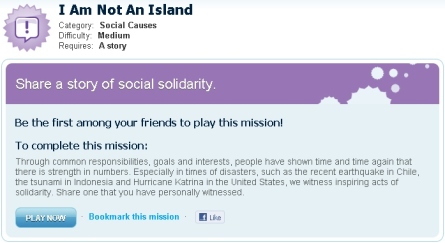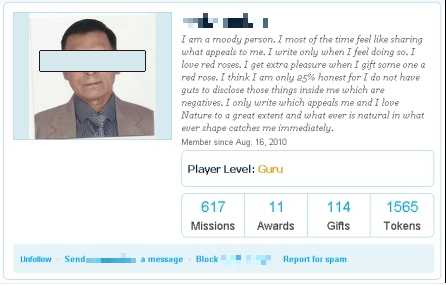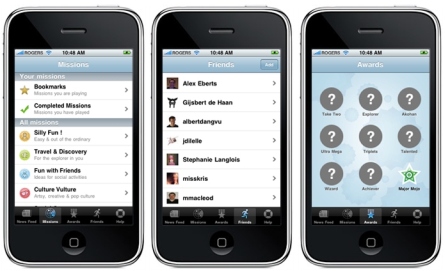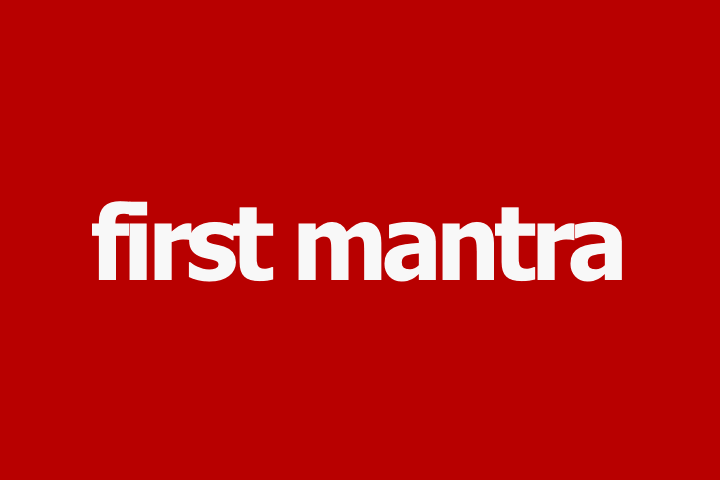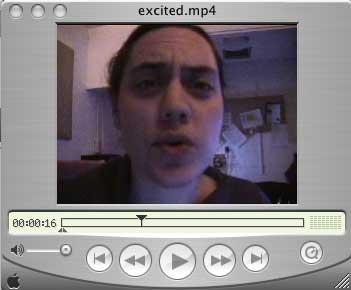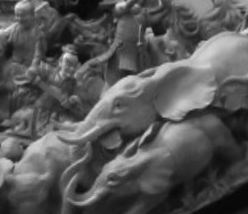How Learners Can Be On Top of Their Game: An Interview with James Paul Gee (Part Two)
/Your most recent book, Women and Gaming: The Sims and 21st Century Learning, moves us from a focus on the kinds of learning which occurs inside the game as we play towards the kinds of learning which takes place around the game as people build upon it through the mechanisms of what you would call affinity spaces or what I call Participatory Culture. You describe this as "gaming beyond gaming." What has motivated this shift of emphasis?
Women and Gaming is no longer our most recent book. Language and Learning in the Digital Age has just appeared (another book I did with Betty). My focus of late on passionate affinity spaces was caused by the influences of my son Sam (who claims correctly to have taught me everything I know about games), Betty's wonderful work on her tech-savvy girls clubs, and, of course, you.
The first thing I ever wrote on passionate affinity spaces was motivated by a request that I write a paper about my take on "communities of practice", a notion that has become very popular in a great many areas. In my view, this powerful notion has become attached to so many different things that it is in danger of losing any real meaning. When talking about such notions I think it is necessary to name what you mean very specifically and name it in such a way that it clearly indicates what you value. This is what you have done with "participatory culture" and what I did with passionate affinity spaces.
So why did I choose that term? First I wanted to argue that "interest" gets someone in the door but not out the door to any deep place unless it leads to lots and lots of practice and persistence past failure. To get such practice and persistence past failure an interest has to be kindled into a passion and an affinity space needs to be organized to help people to do this.
I use "space" rather than "community" because the word "community" carries a rather romantic connotation which it should not have. I also use the word "space" because the notion of "membership" is very complex in modern Internet spaces. People are "in" the space even if they are just lurking, but what makes them "members" is a much harder and, in some cases (though not all), a more flexible and fungible notion.
Passionate affinity spaces tend to follow the Pareto Principle (20% of the people produce 80% of the outcomes, 80% produce 20% of the outcomes), while school classrooms tend to follow (enforced) bell curves. I want to stress not just multiple forms and routes to participation, leadership, and mentorship in passionate affinity spaces, but also the opportunity for all people in the space to become producers, designers, and creators, as well as mentors to others.
All passionate affinity spaces are organized first and foremost around a specific passion that is not necessarily shared by everyone (some only have an interest), but is the "attractor" in the space around which norms, values, and behaviors are set. The book Women and Gaming is about different forms passionate affinity spaces can take and some forms we applaud. The form we applaud most is not age-graded (young and old are together); allows newbies and experts to be together; and engages in supportive interactions because people in the space accept a theory of learning that says that expertise is not in a person but in the affinity space and that no matter how good you are there is always something more to learn and someone else from whom to get help and mentoring.
Tell us more about the Tech Savvy Girls Clubs. What were the goals behind this initiative? How did these experiences inform Women and Gaming?
The following is from Elizabeth Hayes:
TSG grew out of my interest in differences among how girls and boys engage with gaming more broadly. Not only do girls and boys tend to play different sorts of games, they also do different things with games. In particular, boys are much more likely to mod games, to create content for games, and otherwise to engage with games and other gamers in ways that support their development of technical skills and identities as content creators. The Sims is one of few games in which girls and women actually predominate as content creators and modders.
I wanted to give girls who otherwise would not participate in such practices greater access, social support and encouragement to participate. We started TSG, though, with a pretty limited understanding of the learning that takes place through fan communities, or affinity spaces. We initially saw fan sites as sources of information (i.e., tutorials, examples of content) rather than as spaces where the girls could develop identities, interact with other players, and be mentored (as well as mentor others).
A crucial turning point in our perspective was conducting interviews with adult women content creators, described in Chapter 5 of the book. These women kept pointing back to the Sims player community as crucial to their interest in content creation and modding, as well as to their mastery of technical skills. Talking to these women made me realize that I had started TSG with a deficit perspective towards women's gaming practices. That is, I'd assumed that we needed to help girls engage in modding practices similar to what boys are doing, rather than starting with an appreciation for what women were already doing.
This change in perspective led us to further investigations of the fan practices already taking place around The Sims, and this research became a very important component of our work. One of my research assistants is just completing her dissertation on The Sims Writers' Hangout, a site where players post and discuss Sims stories, a form of multimodal storytelling that requires composing images in the game and combining them with often lengthy narrative texts. Another student is investigating the learning of specialist language that takes place in Mod The Sims, another fan site devoted to game modding.
This is why discussion of the social spaces around The Sims is so central to Women and Gaming. We wanted to help others see that what women are doing with games is already exciting and important, and also to shift the lens a bit, in order to encourage people to look at male-dominated game spaces in new ways.
A key theme running through the book is the importance of becoming a designer rather than simply being a player of games. What accounts for the growing emphasis on design literacies in the 21st century?
I think that the importance of design, design thinking, and design literacies today follows from the shape of the world. We live amidst complex systems of all sorts, systems which are risky and dangerous and which interact with each other to create yet more risk. Furthermore, such systems are rarely now just "natural" or just "human made".
I live in Sedona, Arizona. Sedona is a dessert. Like desserts from time immemorial, Sedona is cold at night even if it is hot in the day time. This is not so for Phoenix, which is also a dessert. It is hot at night when it is hot in the day time. This is so because of a heat-island effect. The massive amounts of concrete in Phoenix absorb the heat all day and radiate it out all night. So the temperature in Phoenix is a joint venture of "Mother Nature" and humans.
Solutions to problems involving complex systems demand multiple sorts of pooled expertise, including even the wisdom of crowds. Single minded, single focused experts are dangerous, since they undervalue what they do not know and their actions can and do create massive unintended consequences when they intervene in complex systems (as we found out in the 2008 worldwide recession and as Alan Greenspan pretty much admitted in front of Congress).
So people--citizens--need to learn to think of systems as designed or as things that act like they are designed. They need to know how themselves to produce designs as "models" to think with (and model-based thinking is the core of science).
The United States today is politically polarized and comes at all problems as if they are political or ideological, when in fact most of our problems are complex, the solutions to them are going to be compromises with tradeoffs, and we need to continuously question our expertise, values, and goals. We are so polarized today that a core goal of schooling, in my view, ought to be teaching kids to see arguments as designed and as inherently connected to evidence and perspectives and not just ideology, self-interest, and desire.
Of course, the focus on design has also come about because so many digital tools--and other tech tools--developed by and for professionals can be used today by "everyday people" to design, build, and create for themselves. There has always been the danger with any technology--most certainly including books--that people will get divided into two classes: "priests" who are experts and know the deep secrets inside the technology (or make them up) and the "laity" who consume the technology, but do not understand it enough to transform it. The potential of much digital learning today--as well as many passionate affinity spaces--is to allow more and more people to be priests. But this sort of potential has always in human history been opposed and resisted by elites, who ever seek to constrain and tame it.
James Paul Gee is the Mary Lou Fulton Presidential Professor of Literacy Studies at Arizona State University. He is a member of the National Academy of Education. His book Sociolinguistics and Literacies (1990, Third Edition 2007) was one of the founding documents in the formation of the "New Literacy Studies", an interdisciplinary field devoted to studying language, learning, and literacy in an integrated way in the full range of their cognitive, social, and cultural contexts. His book An Introduction to Discourse Analysis (1999, Second Edition 2005, Third Edition 2011) brings together his work on a methodology for studying communication in its cultural settings, an approach that has been widely influential over the last two decades. His most recent books both deal with video games, language, and learning. What Video Games Have to Teach Us About Learning and Literacy (2003, Second Edition 2007) argues that good video games are designed to enhance learning through effective learning principles supported by research in the Learning Sciences. Situated Language and Learning (2004) places video games within an overall theory of learning and literacy and shows how they can help us in thinking about the reform of schools. His most recent books are Good Video Games and Good Learning: Collected Essays (2007); Woman as Gamers: The Sims and 21st Century Learning (2010) and Language and Learning in the Digital World (2011), both written with Elizabeth Hayes. Prof. Gee has published widely in journals in linguistics, psychology, the social sciences, and education.


